A Spiritual Journey Through Time
The Museum of Russian Orthodox Culture Moscow is a serene destination that invites visitors to explore the rich heritage of Orthodox Christianity in Russia. Located near the Danilov Monastery, this museum features over 2,000 artifacts, including hand-painted icons, liturgical garments, and rare manuscripts. Visitors can immerse themselves in the spiritual and cultural traditions that have shaped Russian identity for centuries.
Why Visit the Museum of Russian Orthodox Culture Moscow?
- Культурное понимание : Learn about the role of Orthodoxy in Russian history, art, and daily life.
- Художественные шедевры : Admire intricate icons, frescoes, and ceremonial objects crafted by master artisans.
- Spiritual Reflection : Experience the tranquility and beauty of Orthodox rituals and traditions.
Основные экспонаты для изучения
- Icons and Frescoes :
- Displays on the evolution of iconography, from Byzantine influences to distinct Russian styles.
- Rare icons featuring saints, biblical scenes, and symbolic motifs.
- Liturgical Artifacts :
- Ornate chalices, crosses, and vestments used in Orthodox ceremonies.
- Stories of how these objects were crafted and preserved.
- Manuscripts and Books :
- Rare texts like handwritten gospels and prayer books.
- Exhibits on the role of monasteries as centers of learning and spirituality.
- Rituals and Traditions :
- Immersive displays explaining Orthodox holidays, ceremonies, and daily practices.
- Audio installations recreating the sounds of church bells and chants.
Скрытые драгоценные камни, которые вы могли пропустить
- Секретный архив : Rare documents and sketches from medieval monasteries.
- Sounds of Worship : Audio installations recreate the ambiance of Orthodox churches during services.
- Мастерская "Сделай сам : Try your hand at creating a miniature icon or painting a traditional motif.
Практическая информация
- Расположение : Near the Danilov Monastery (close to [Museum of Bread]).
- Часы : 10:00 AM-6:00 PM (закрыто по понедельникам).
- Билеты :
- Взрослые: 300 РУБ.
- Дети: 150 руб.
- Бесплатно для семей, посещающих [Музей хлеба] в тот же день.
Как максимально использовать свой опыт
- Объединитесь с близлежащими достопримечательностями:
- [Danilov Monastery] for a deeper dive into Orthodox spirituality.
- [Museum of Bread] for insights into the connection between food and faith in Russian culture.
- Attend workshops: Learn about icon painting, calligraphy, or Orthodox traditions.
The Role of Orthodoxy in Russian Culture
- Исторический контекст :
- Orthodoxy became the state religion in 988 AD, shaping Russian identity and politics.
- Monasteries served as centers of art, education, and charity.
- Современная актуальность :
- Orthodox traditions continue to play a central role in Russian life, from weddings to holidays.
- Artists and scholars preserve and reinterpret Orthodox art and rituals.
Отзывы посетителей
- “The exhibit on iconography was breathtaking—it made me see the depth of Orthodox spirituality.” - Анна, турист.
- “My kids loved the workshop where they painted their own icons. Such a unique experience!” - Мария, родитель.
Планы на будущее для музея
- Расширение в 2025 году : New exhibits focusing on global Orthodox traditions and their connections to Russia.
- Сотрудничество : Joint projects with the [Tretyakov Gallery] on the intersection of religious and secular art.
Заключение
Сайт Музей русской православной культуры Москва is more than just a collection of artifacts—it’s a celebration of faith, art, and tradition. From ancient icons to modern practices, it highlights the enduring impact of Orthodoxy on Russian culture and identity.
- Почему она выделяется :
- The museum combines spirituality, education, and hands-on experiences in one place.
- Интерактивные экспонаты делают его доступным для людей всех возрастов и профессий.
- Культурная актуальность :
- Highlights universal themes like faith, creativity, and human connection.
- Inspires appreciation for the artisans and scholars who preserved Orthodox traditions.
- Почему возвращение :
- Rotating exhibits feature new discoveries and interpretations.
- Seasonal events, like Orthodox holiday celebrations, add variety.

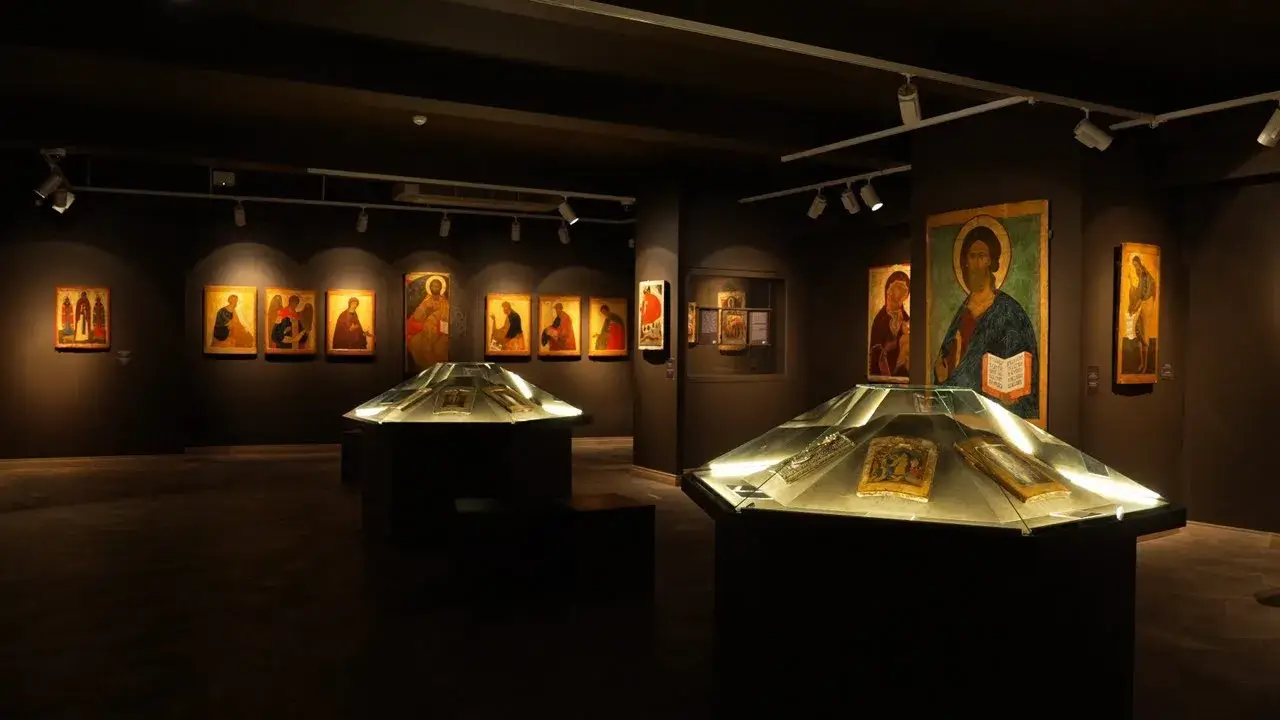 Музей русской православной культуры Москва">
Музей русской православной культуры Москва">

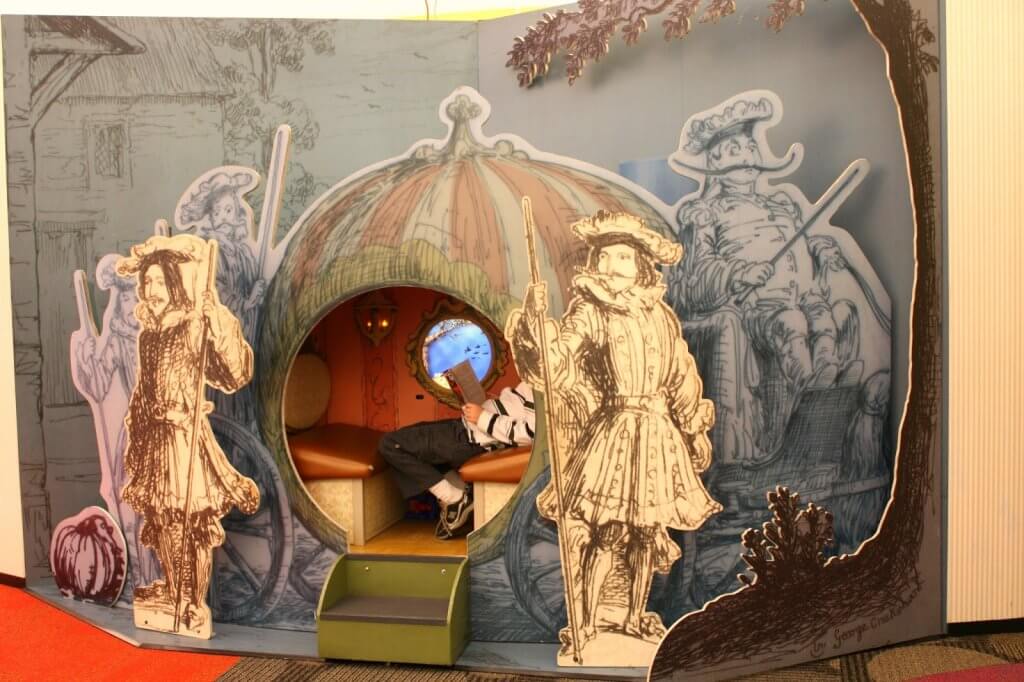 World of Fairy Tales Museum">
World of Fairy Tales Museum">
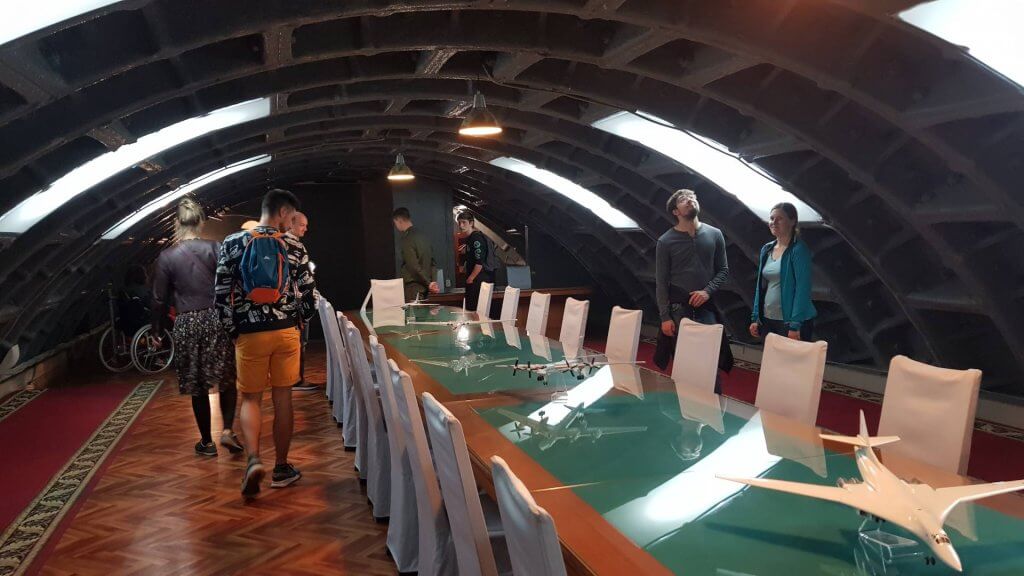 Bunker-42 Museum Moscow">
Bunker-42 Museum Moscow">
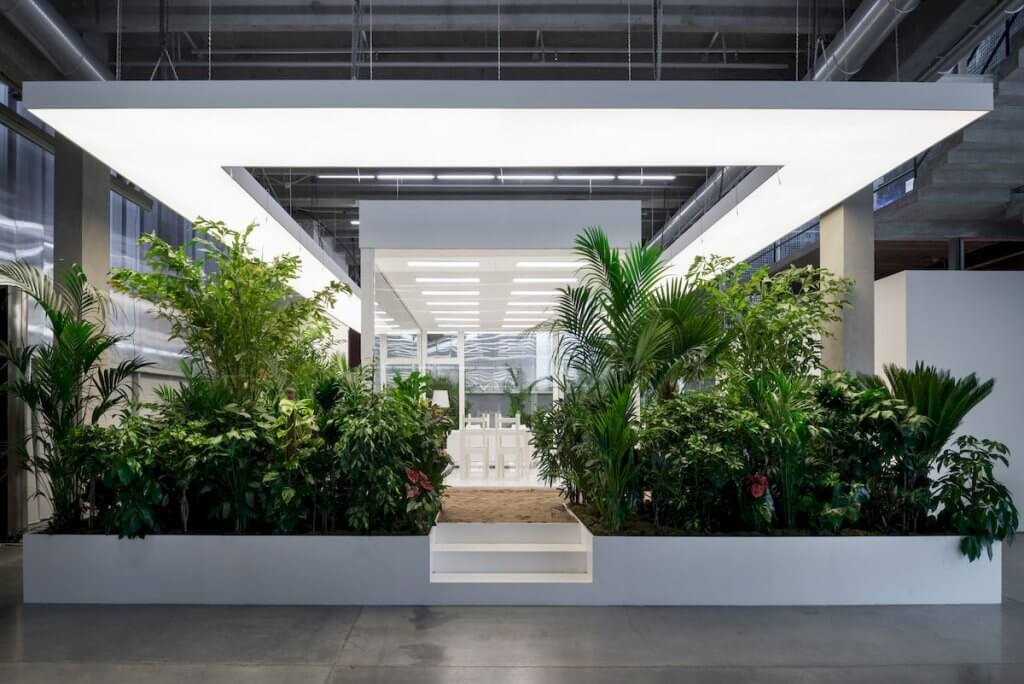 Музей экологии Москва">
Музей экологии Москва">
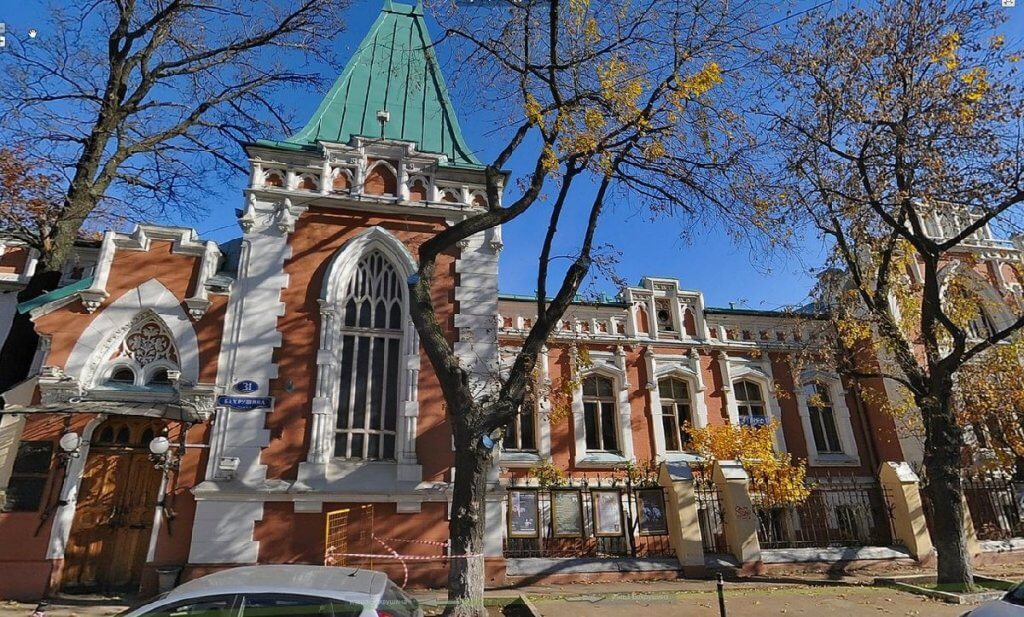 Музей театрального искусства Москва">
Музей театрального искусства Москва">
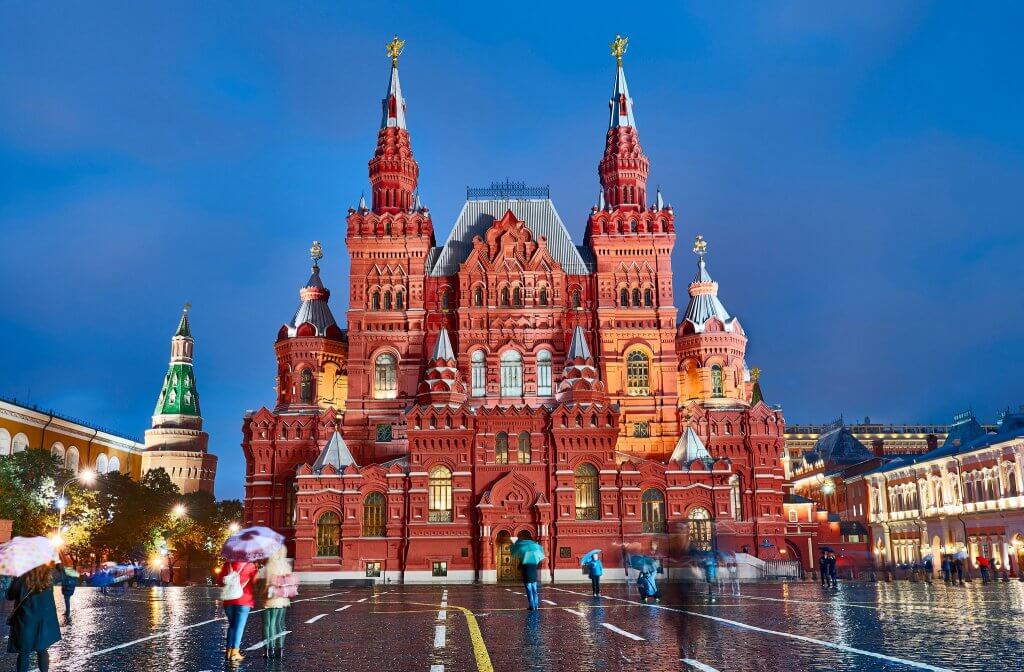 Музей исторической реконструкции Москва">
Музей исторической реконструкции Москва">
 Музей миниатюр Москва">
Музей миниатюр Москва">
 Музей советского плаката Москва">
Музей советского плаката Москва">
 Музей музыкальных инструментов Москва">
Музей музыкальных инструментов Москва">
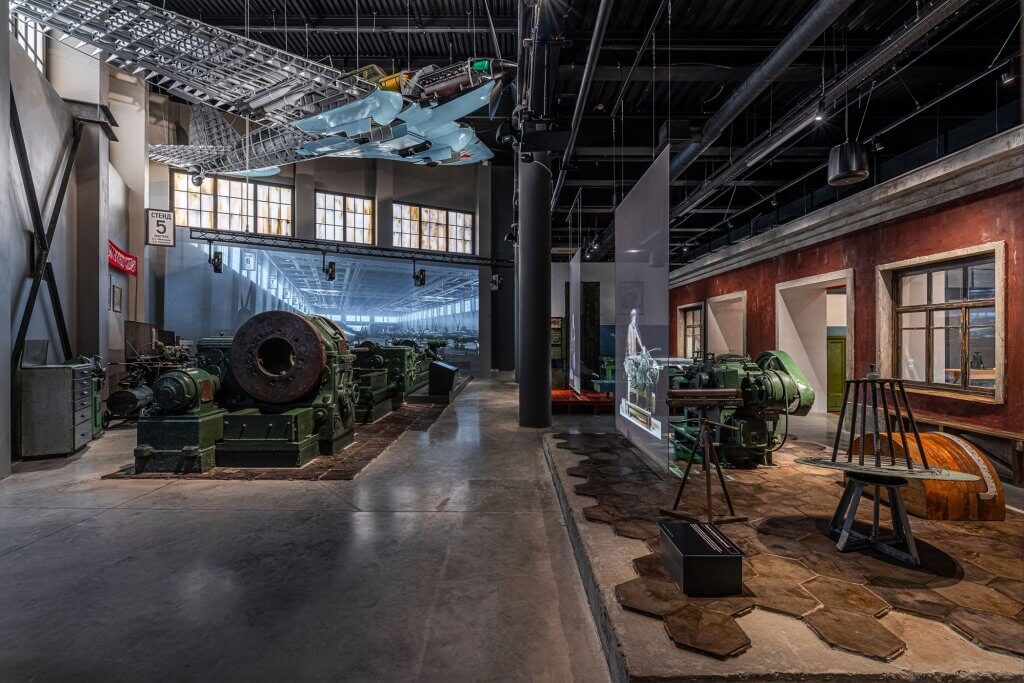 Музей забытых профессий Москва">
Музей забытых профессий Москва">
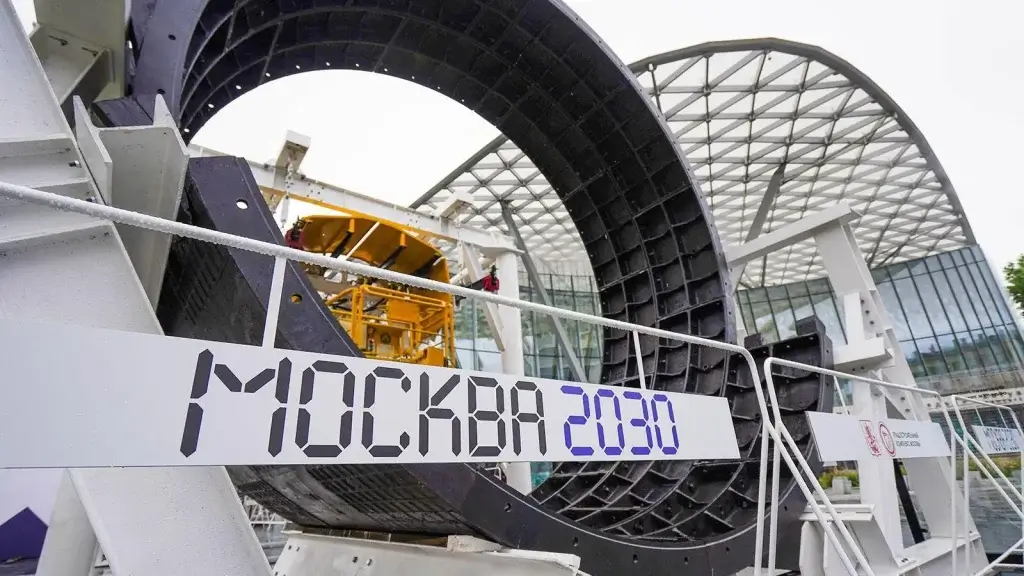 Музей градостроительства Москва">
Музей градостроительства Москва">